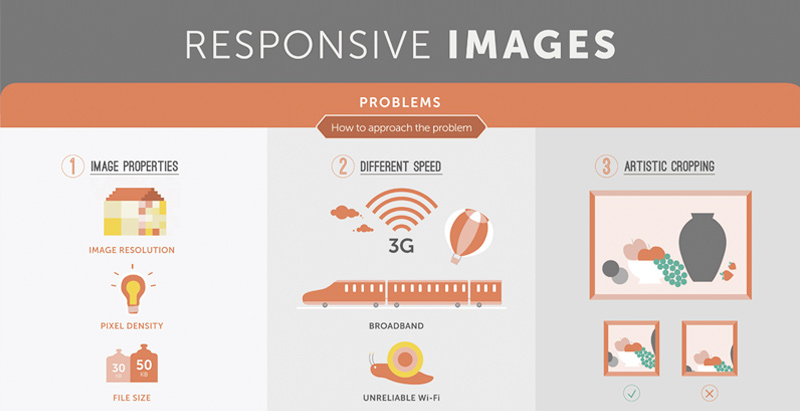Fundamental Facets Of Web Design: Standards For Developing A User-Centric Site
Fundamental Facets Of Web Design: Standards For Developing A User-Centric Site
Blog Article
Created By-Abildtrup Thorpe
When it involves website style, making sure user-friendliness is crucial. From receptive style to structured navigation, every aspect plays a crucial function in developing a website that satisfies your audience's needs. However what regarding the finer details that can make or break a user's searching experience? Remain tuned as we reveal some often-overlooked tips that can boost your website's usability to the next level, making it genuinely stick out in the digital landscape.
Significance of Responsive Layout
Responsive style is an important facet of modern-day website growth. Guaranteeing your website is responsive means that it can adjust to different display sizes and gadgets, supplying a smooth experience for customers.
With the boosting use of mobile phones and tablets to access the net, having a responsive design is essential for getting to a wider audience. It aids in improving individual experience by making your internet site simple to browse and read on any kind of device.
Furthermore, responsive style can positively influence your internet search engine positions, as online search engine like Google prioritize mobile-friendly web sites. By having a responsive layout, you're likewise future-proofing your site, as new tools with varying display sizes remain to arise.
Simplify Navigating Structure
To improve customer experience and promote very easy access to information on your internet site, enhancing the navigating framework is extremely important. When designing your site, concentrate on developing a clear and instinctive navigation menu that helps site visitors locate what they're trying to find rapidly.
https://websitemarketingtools28394.slypage.com/31676023/proven-search-engine-optimization-practices-how-to-achieve-better-rankings-than-your-rivals of menu products to the basics, grouping associated pages with each other to stay clear of overwhelming users. Use descriptive labels that plainly show the content of each web page, making it easier for individuals to understand where each web link will take them.
Take into consideration applying dropdown food selections for subcategories to stop cluttering the primary navigating bar. Additionally, include a search bar prominently on the page for users that prefer looking for certain information.
w3c aa compliance on mobile responsiveness in your navigating layout to make certain very easy access on all tools.
Optimize Page Lots Speed
Improving web page load rate is important for preserving visitors on your internet site. Slow-loading pages annoy individuals and can result in high bounce rates. To enhance page tons speed, start by enhancing images. Compress photos without endangering high quality to minimize their documents dimensions.
Additionally, make it possible for internet browser caching to keep regularly accessed resources locally, quickening lots times for returning site visitors. Minify CSS, JavaScript, and HTML files by eliminating unnecessary characters, comments, and format, enhancing tons speed.
Think about making use of a content shipment network (CDN) to disperse your web site's material across multiple web servers worldwide, lowering latency for users accessing your site from different areas. Last but not least, restrict using third-party manuscripts and plugins, as they can substantially impact load times.
Verdict
In conclusion, by incorporating receptive design, simplifying navigation, and optimizing page load rate, you can develop a straightforward website that attract a broader target market and enhances individual experience. These essential elements ensure that site visitors can easily access and browse your website across various tools, bring about boosted interaction and satisfaction. By focusing on these vital aspects, you can build an effective site that maintains users coming back for more.
